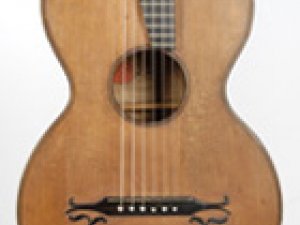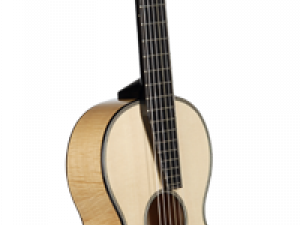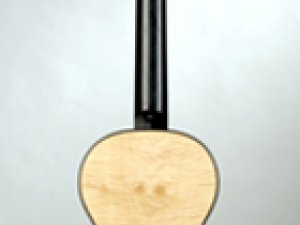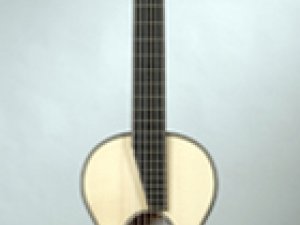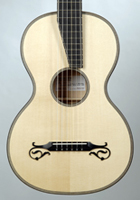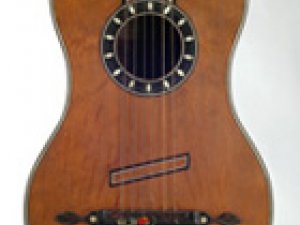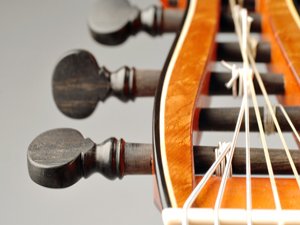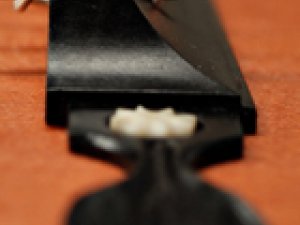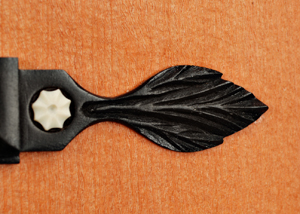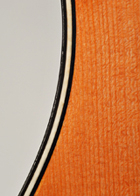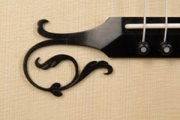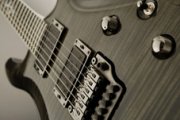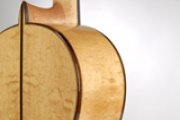Replicas of historical guitars
True to original replicas of historical instruments open up the sound aesthetics of former times. They impress gatherers and enthusiasts of former music through their excellent ornamentation, their quick response, as well as through their richness of forms. As a special service I prepare a scientific documentation including a measurement-log and drawings of your desired historical instrument. Based on this, I can define the detailed demands of the instrument according to your individual wishes.
Ambition
In order to meet the demands of the examples, a distinctive attention to technical details is necessary as well as the scientific examination of the instrument. The instrument always tries to meet the requirements of a replica true to original, but at the same time fulfills the standards of modern playability. Due to this, it is necessary to decide about scale length, number of frets, constructive details and stringing on an individual basis. Considering the Convention on International Trade in Endangered Species, the use of e.g. ivory, abalone, tortoiseshell or Brazilian rosewood has to be justified or substituted with adequate alternatives. On the other side, historical instruments use a number of materials, which have fallen into oblivion, like e.g. bowel, horn, amber or mastic.

Detail der Stegverzierung einer historischen Gitarre nach Stauffer

Detail der Kopfplatte einer historischen Gitarre nach Knößing
Model Stauffer
The so called Legani Model by Johann Georg Stauffer from Vienna has proven as particularly suitable for the modern guitarist. The fingerboard, which is detached from the soundboard, permits a comfortable play with fingernails and the high number of frets provides a big range without too much deviation from the historical original. The bright mottled maple wood, which is treated with 100% ecological stain, represents a beautiful contrast to the ebony of the fingerboard and the black finished neck, headstock and bridge. The ornamental decoration of the bridge and the bright binding of the headstock and the fingerboard give this guitar its special elegance. Here you can find a detailed examination of the copied original guitar.
Details Model Stauffer
Please click to enlarge.
Model Knössing
Besides the famous instruments of the early 19th century in Europe (Stauffer, Fabricatore, Lacote, Panormo), my vested interest is aimed at the richness of the German instrument making in this epoch. Outstanding examples like the preserved instruments of Johann Wilhelm Bindernagel (Gotha), Johann Gottlieb Knößing (Leipzig) or Christoph Ehrlich (Bamberg) prove the high quality and the wealth of variants of German guitar making in this era.
Johann Gottlieb Knößing’s guitar, which was built in 1807 in Leipzig is now located in the Music-instrument Museum in Markneukirchen with the inventory-number 1098. This guitar served as a model for Richard Jacob Weißgerber’s own historical instrument. In comparison to the other guitars of the 19th century, the main difference is the construction of the soundboard, which is reminiscent of the bracing of a historical lute. The original guitar is ornate with ivory, ebony and grained root wood.
Details Model Knoessing
Please click to enlarge.

